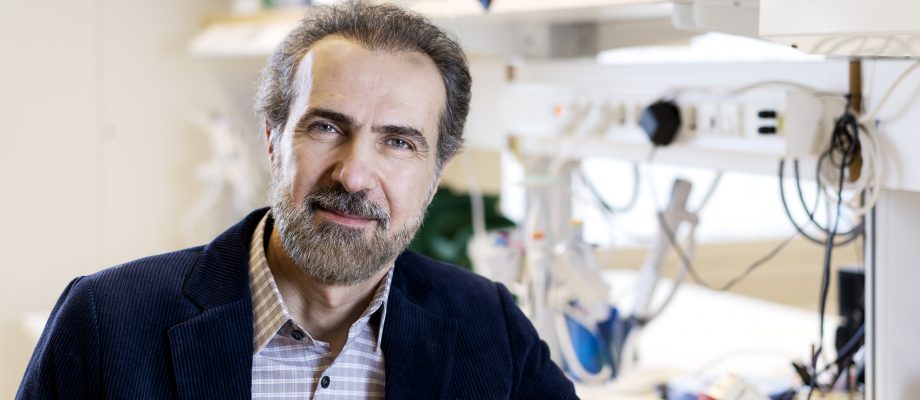RESEARCH PROJECT. Researchers at the University of Gothenburg are part of a large, new research collaboration that will speed up the process of developing new vaccines. The European pharmaceutical industries and associations (EFPIA) and the European Union (EU) will jointly invest EUR 33 million in the collaboration, which includes experts from 11 countries.
Vaccine development is both time-consuming and expensive. On average, it takes 10 years to develop a new vaccine, and the cost is around SEK 8 billion. The fact that we could start vaccinating people for COVID-19 just over a year after the outbreak of the pandemic was exceptional.
“That effective vaccines that prevent COVID-19 were able to be developed at record speed and built on many years of basic research and advances in vaccine platform technologies, such as adenovirus vectors and messenger RNA (mRNA),” says Ali Harandi. He heads a research team conducting immunology and vaccine research at the Institute of Biomedicine, University of Gothenburg. “Although RNA-based vaccines can be suitable for many diseases, we need methods to speed up and streamline the development of other new vaccines, both to reduce costs and to shorten development time.”
Predicting the best candidates
A total of 41 participants from academia and the pharmaceutical industry in 11 different countries are collaborating in a large interdisciplinary project known as Inno4Vac. Together the researchers will develop and apply new models based on both immunology and computer science algorithms, which can be used to predict which vaccine candidates will work best in clinical trials.

“Potential vaccines currently undergo tests first in cell culture, then in animal models, and subsequently in several steps in clinical trials on humans. Unfortunately, vaccine candidates that produce good results in animal studies often function significantly worse in people. The goal is to develop models and methods that can be used to choose the best candidate at an early stage, saving both time and money,” says Harandi.
Vaccines for sexually transmitted diseases
The project will develop human 3D models for the evaluation of vaccines to combat infections of the respiratory and gastrointestinal tracts, but also for sexually transmitted diseases. The model that Ali Harandi and his colleagues at the University of Gothenburg will work with can be used in development of vaccines against sexually transmitted diseases as genital herpes. A prototype created by human mucosal tissue exists.
“We will augment the prototype to develop a human urovaginal model in 3D to test the prophylactic effect of vaccine candidates. This includes optimizing the model system for virus growth, validating the model with neutralizing antibodies and human samples from recently discontinued clinical trials.”
The discontinued trials concerned several vaccine candidates for genital herpes that did not produce results in humans as good as the animal studies suggested. Such disappointments can potentially be avoided in the future, when new vaccine candidates become available.
More than five years of work
The project starts in September and will end in the spring of 2027. Since this is the first model of its kind, Harandi thinks the work will be challenging, but he is optimistic. “Our team has many years of experience working with mucosal immunity and vaccine immunology, and we are convinced that we will succeed, even though the work is not yet routine for us.”
Ali Harandi has previously been an advisor for several European research organizations, biotechnology companies, and international research funding bodies. He is also affiliated with the University of British Columbia in Vancouver, Canada, where he is a visiting associate Professor at the university’s Vaccine Evaluation Center.
The Inno4Vac research project is funded by the EU and the European pharmaceutical industries and associations (EFPIA) through Innovative Medicines Initiative 2 (IMI2) and coordinated by the European Vaccine Initiative (Germany), with support from the Sclavo Vaccines Association (Italy).
BY: ELIN LINDSTRÖM
PHOTO: JOHAN WINGBORG











